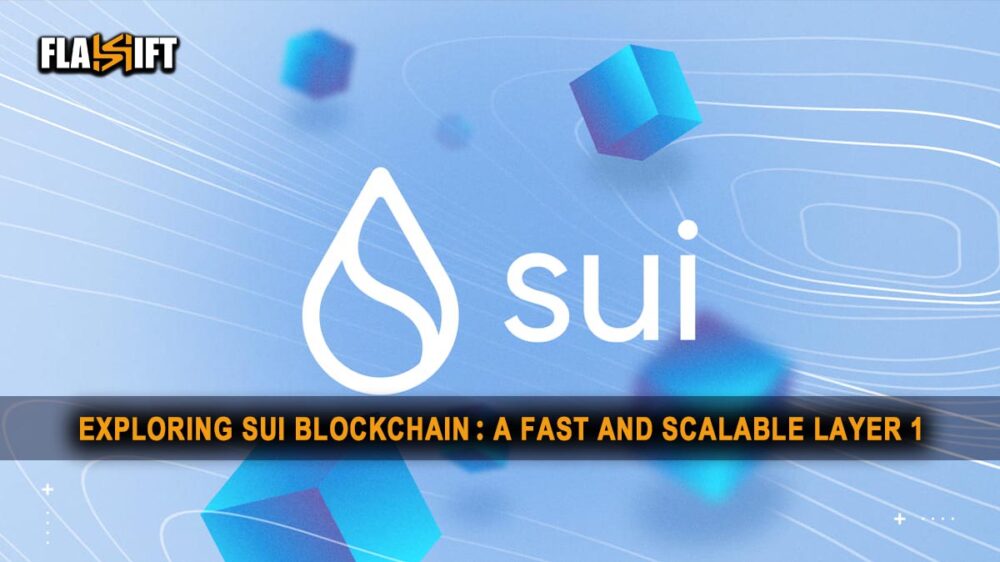What is Sui Blockchain? You’re frustrated by high fees, slow confirmations or token limits and wonder if there’s a blockchain built for real-world scale — enter Sui.
It promises near-instant transactions, low (or zero) fees, and a developer model designed for Web3 apps. But is the promise real in 2025? This article will take you inside Sui’s architecture, explore its ecosystem growth and risks, and help you decide whether to allocate tokens or build your strategies with the Flashift ecosystem.
What Is the Sui Blockchain?
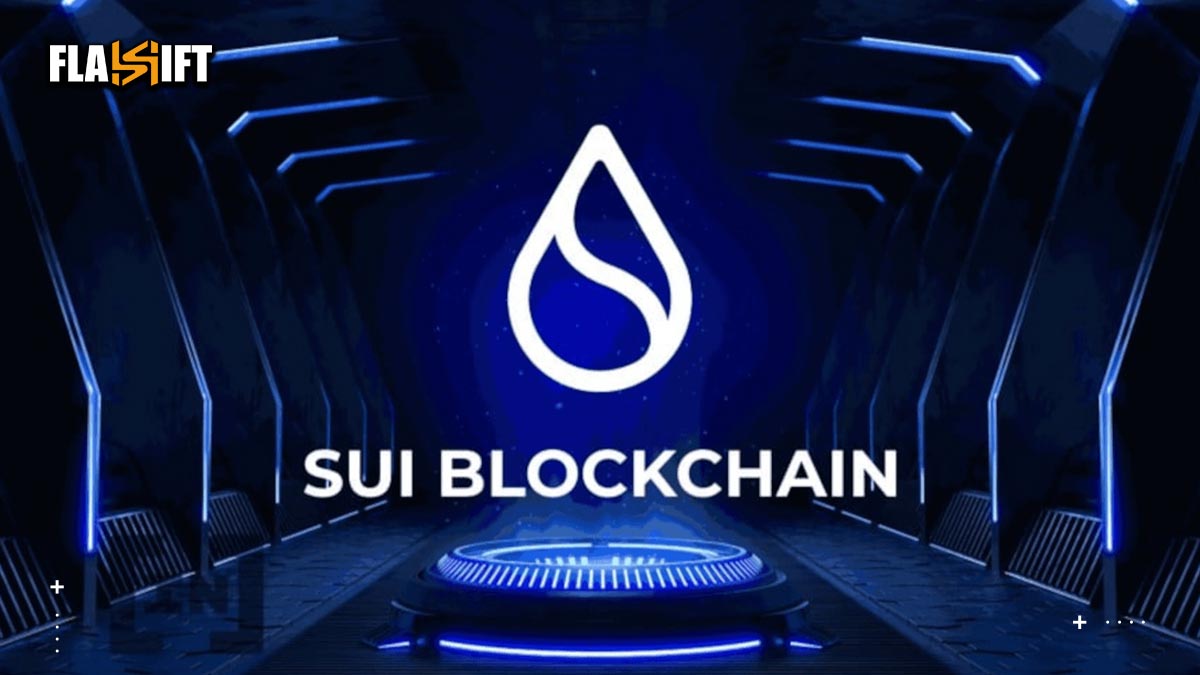
The Sui blockchain operates as a Layer 1 blockchain platform, providing fast transaction speeds and high throughput for decentralized applications (dApps). Sui is a product of Mysten Labs, which was founded by former Meta (Facebook) engineers to address the scalability issues found in Ethereum and Bitcoin.
The traditional blockchains execute their transaction processes through sequential steps but the Sui blockchain implements an exclusive “object-centric” data management system that enables parallel transaction execution. The system achieves outstanding scalability through its design so it achieves thousands of transactions per second with fast finality.

Sui uses the Move programming language which started as a programming framework for the Diem blockchain project to deliver better developer security and system flexibility. Its architecture supports a wide range of use cases, including gaming, DeFi, NFTs, and more. Sui represents a cutting-edge blockchain technology that focuses on speed together with scalability and developer experience thus placing itself among the most promising Layer 1 networks in Web3.
Read More: Sui Cryptocurrency: How Its Ecosystem Is Revolutionizing Decentralized Finance
2025 Update, Ecosystem growth & real-world traction
By mid-2025, Sui has moved beyond pure promise and into measurable metrics. Research by Grayscale Research positions Sui as a next-generation blockchain engineered for both usability and scalability, poised to support “consumer-grade applications” with low latency and high throughput.
Meanwhile, the network has seen increasing adoption of on-chain object-centric models, gasless or near-zero-fee transactions, and developer activity rising in NFT, gaming and DeFi segments. This real-world momentum suggests that Sui is shifting from “emerging tech” to “emerging ecosystem” — which matters if you’re considering onboarding or investing via Flashift.
How Sui Achieves High Throughput

One of the standout features of the Sui blockchain is its ability to process a massive number of transactions per second (TPS), offering unprecedented scalability for Web3 applications. But how does Sui achieve high throughput where many blockchains struggle? The answer lies in its innovative architecture and parallel processing capabilities.
-
Object-Centric Data Model
Unlike account-based models used by Ethereum or Bitcoin, Sui uses an object-centric data model. In this system, assets and smart contract data are treated as programmable objects that have distinct owners. This makes it easier to track and manage state changes, enabling faster and more efficient transaction processing.
-
Parallel Execution of Transactions
Most blockchains process transactions sequentially to avoid conflicts. Sui, however, takes a different approach. By identifying independent transactions—those that don’t touch the same objects—Sui can execute them in parallel. This significantly boosts throughput without compromising security or consistency.
-
Bypassing Consensus When Possible
Not all transactions on Sui require global consensus. Simple transactions, such as peer-to-peer token transfers, can be processed without running full consensus, thanks to Sui’s “causal order” approach. This greatly reduces latency and processing overhead.
-
Optimized for Horizontal Scaling
The Sui network achieves its expansion through validator additions and hardware scaling. The network’s power and transaction throughput develop proportionally with its size to meet essential high-demand application requirements including gaming platforms, DeFi solutions and, social dApps.
The Sui blockchain achieves outstanding performance through its technique combination which produces high throughput and low latency to establish new standards for Layer 1 ecosystem operations. Developers who want to create scalable and responsive decentralized applications should use this platform as their foundation.
Sui vs Solana: A Technical Comparison
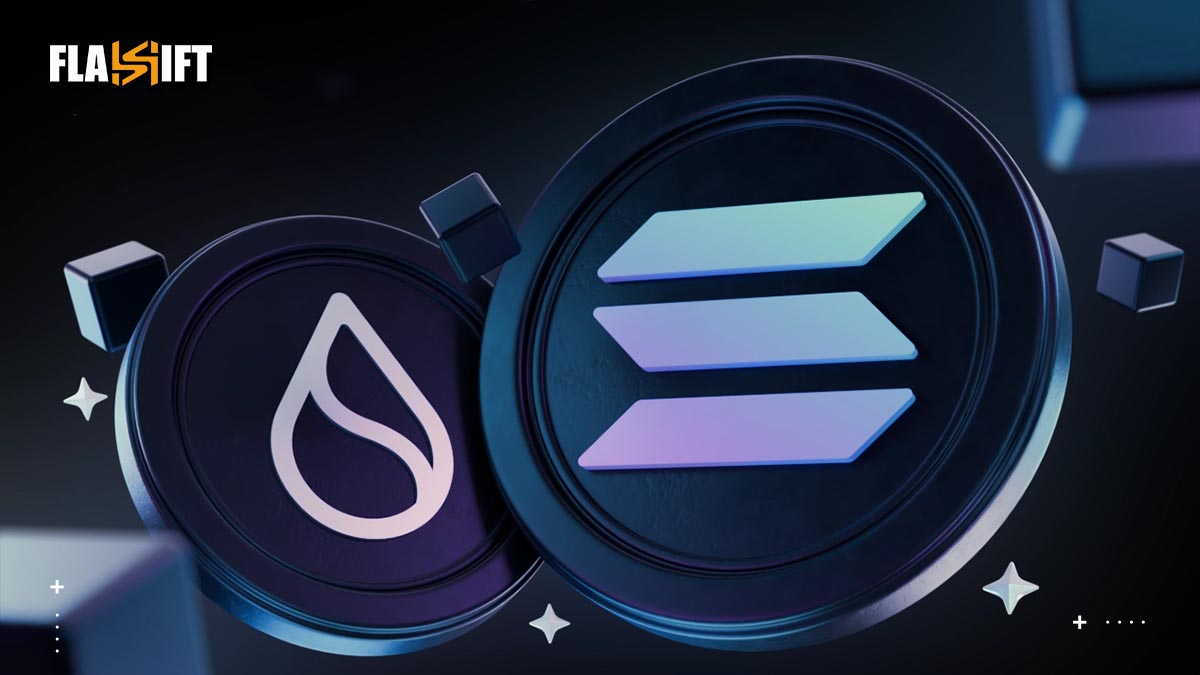
Sui and Solana stand as two prominent next-generation Layer 1 blockchain that drive the blockchain ecosystem toward faster and more scalable infrastructures. The two platforms share the goal to solve the scalability trilemma through decentralized security and fast processing yet they achieve this objective through different system architectures. Sui operates with an object-centric data model which enables parallel execution while Solana depends on a high-performance runtime together with its Proof of History (PoH) mechanism.
The differences between Sui and Solana enable developers together with investors and blockchain enthusiasts to select the platform that meets their specific requirements. Whether it’s Sui’s ability to bypass consensus for simple transactions or Solana’s aggressive performance optimizations, each chain offers distinct trade-offs in terms of speed, scalability, security, and developer experience.
Key Differences at a Glance
- Sui uses an object-centric model, enabling native parallel execution of independent transactions.
- Solana relies on Proof of History and a monolithic architecture for high throughput but struggles with parallelism in some scenarios.
- Sui can skip consensus for certain single-owner operations, greatly reducing latency.
- Solana offers a mature ecosystem, especially in DeFi and NFTs, but requires powerful hardware for validators.
- Sui is built with the Move language, ideal for asset-based logic, while Solana uses Rust, offering flexibility but with a steeper learning curve.
Sui vs Solana: Full Technical Comparison Table
| Category | Sui | Solana |
| Launch Date | May 2023 | March 2020 |
| Architecture | Object-centric, ownership-based | Monolithic, account-based |
| Execution Model | Parallel execution by default (object isolation) | Sequential with partial parallelism |
| Transaction Throughput (TPS) | 100,000+ TPS (theoretical) | ~65,000 TPS (theoretical) |
| Transaction Latency | <1 second | ~400–600 ms |
| Consensus Mechanism | Narwhal (mempool) + Bullshark (consensus) | Tower BFT + Proof of History |
| Bypass Consensus for Simple Transactions | Yes | No |
| Smart Contract Language | Move | Rust (and C/C++) |
| Developer Experience | Moderate; Move is newer but safe | Complex; Rust is powerful but difficult |
| State Model | Object-based (each asset has a unique ID and owner) | Account-based (shared global state) |
| Sharding/Scalability | Horizontal scalability via parallelism | Monolithic chain, no sharding |
| Validator Requirements | Moderate | High-performance hardware needed |
| Security Features | Fine-grained access control, Move language guarantees | Rust safety checks, secure runtime |
| Ecosystem Maturity | Emerging (growing dApp ecosystem) | Mature (DeFi, NFTs, games) |
| Best Use Cases | Real-time apps, gaming, asset-rich dApps | DeFi, NFTs, on-chain finance, social apps |
| Challenges | Early-stage ecosystem, newer developer tooling | Network outages, high validator costs |
Use Cases and DApps on Sui
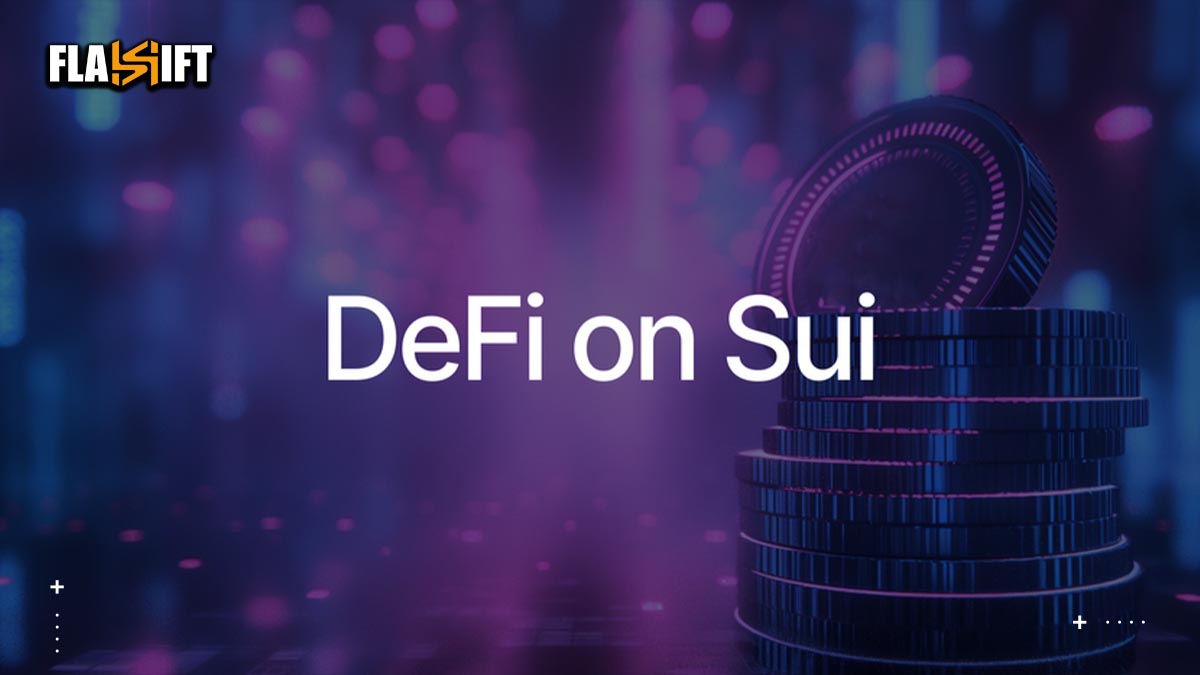
As a next-generation Layer 1 protocol, the Sui blockchain is designed to power a new wave of decentralized applications with unmatched speed, scalability, and flexibility. Thanks to its object-centric model and the use of the Move language, Sui supports a wide variety of real-world use cases—from gaming and NFTs to finance and identity solutions. Developers are flocking to Sui to take advantage of its developer-friendly environment and robust performance architecture.
At the heart of Sui’s growing ecosystem is a set of emerging decentralized applications (dApps) and infrastructure tools that reflect the chain’s powerful capabilities. Whether you’re interested in exploring new Sui NFT projects, participating in Sui staking, or developing your own dApp using Sui developer tools, the network is rapidly building a vibrant community across multiple verticals.
Key Use Cases of the Sui Blockchain
- Gaming & Real-Time Apps: Sui’s parallel execution and low-latency transaction model make it ideal for real-time multiplayer games, in-game economies, and on-chain asset management.
- NFTs & Digital Collectibles: With native support for programmable assets, Sui NFT projects benefit from more dynamic ownership logic and enhanced user experience, such as real-time minting and trading.
- DeFi Applications: While still emerging, DeFi protocols on Sui aim to leverage high throughput and low gas fees for DEXs, lending platforms, and stablecoins.
- Identity and Social Apps: Sui’s object-based architecture allows for modular, private identity systems and the development of decentralized social platforms.
- Enterprise & Supply Chain: Sui’s asset tracking and programmable ownership features provide transparency and control for enterprise use cases like logistics and real-world asset tokenization.
Popular DApps and Ecosystem Highlights
- SuiNS: A decentralized naming service on Sui, similar to ENS, allowing users to register and trade “.sui” domain names.
- BlueMove: One of the leading NFT marketplaces on Sui, offering fast minting, auctions, and marketplace tools.
- Cetus Protocol: A DeFi protocol providing liquidity and AMM-based trading optimized for the Sui ecosystem.
- Suiet Wallet: A feature-rich wallet supporting Sui staking, NFTs, and DeFi interactions.
- KeepSake: A unique NFT platform with enhanced on-chain logic using Move language blockchain
Supporting Infrastructure and Developer Tools
- Sui Developer Tools: The Sui ecosystem provides a rich toolkit for developers, including the Sui CLI, SDKs in Rust and TypeScript, and integrated testing environments to streamline dApp development.
- Move Language: As a core programming language for Sui, Move offers fine-grained control over assets, improved safety, and reusability—making it ideal for building secure, composable smart contracts.
- Sui Tokenomics: The native SUI token plays a vital role in securing the network, paying gas fees, and participating in governance. Token holders can also earn rewards through staking, contributing to the network’s decentralized validation process.
Sui’s ecosystem is still in its early growth phase, but it’s evolving quickly. With a developer-first mindset, robust infrastructure, and high-performance capabilities, Sui is positioning itself as a go-to chain for real-world applications and user-friendly Web3 experiences.
How to Set Up a Sui Wallet and Start Exploring
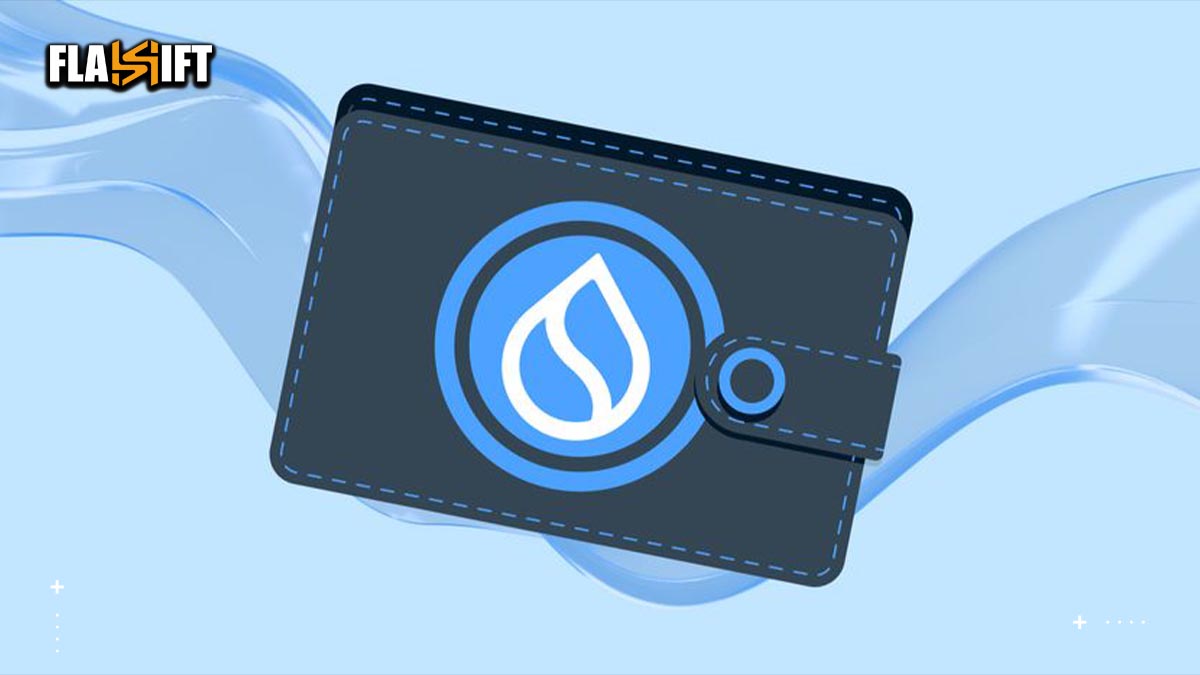
People who want to join the rising Sui blockchain ecosystem need to start by making their own Sui wallet. Sui wallets enable users to protect and exchange digital assets together with blockchain-based decentralized applications. This guide provides instructions on building a Sui wallet while teaching users how to stake Sui tokens and create NFTs and access DeFi platforms. (Learn more: Sui DeFi)
Step 1: Choose a Sui-Compatible Wallet
There are a few trusted wallets that support the Sui blockchain. Popular options include:
- Suiet Wallet (Chrome extension and desktop)
- Martian Wallet (Multi-chain, Sui supported)
- Ethos Wallet (User-friendly, ideal for beginners)
- Sui Wallet (Official browser extension by Mysten Labs)
For this guide, we’ll walk through the setup using Suiet Wallet.
Step 2: Install the Wallet Extension
- Visit the official Suiet Wallet site: https://suiet.app
- Click “Download for Chrome” (or your browser).
- Add the extension and pin it to your browser toolbar for easy access.
Always verify you’re downloading from the official source to avoid phishing scams.
Step 3: Create a New Wallet
- Click on the Suiet Wallet icon in your browser.
- Select “Create a New Wallet.”
- Save your 12/24-word recovery phrase in a secure place. This is the only way to recover your wallet if you lose access.
- Set a password for added protection.
- Click “Continue” to finish setup.
Your Sui wallet is now live!
Step 4: Fund Your Wallet with SUI Tokens
To interact with dApps or try Sui staking, you’ll need some SUI tokens:
- From a centralized exchange (CEX): Buy SUI on exchanges like Binance, KuCoin, or OKX, then transfer to your wallet address.
- Using a faucet (for devnet/testnet): Developers can get free test tokens from Sui Faucet for experimenting.
Step 5: Start Exploring the Sui Ecosystem
Now that your wallet is set up, you can:
- Explore NFT marketplaces like BlueMove and Keepsake.
- Participate in DeFi platforms such as Cetus or Turbos Finance.
- Stake SUI tokens directly from your wallet for passive rewards.
- Connect to dApps using the wallet’s “Connect” feature.
- Mint or trade NFTs, and explore on-chain games and real-time apps.
Key Risks & Things to Monitor in 2025
While Sui’s architecture offers promise, it faces certain hurdles. One is developer familiarity: many dApp devs still prefer Solidity/Rust ecosystems, so Sui must build broader tooling and libraries.
Another risk is tokenomics and governance: the SUI token must maintain its value proposition as staking, delegation and ecosystem incentives evolve. Additionally, wallet and infrastructure support for Sui is still catching up compared to legacy chains — so if you plan to swap tokens that rely on Sui via Flashift, make sure compatibility and liquidity are solid. As always, assess risk versus reward carefully.
Bonus Tips for Beginners
- Use the Explore or dApp section inside your wallet to discover live projects.
- For developers, Suiet and other wallets offer support for local devnet setups and testing tools.
- Keep your seed phrase and private key secure and offline—never share them.
Setting up a Sui wallet is quick and easy—and it’s your gateway to a powerful, high-performance blockchain ecosystem. Whether you’re a casual user, NFT collector, or a developer, having a wallet gives you full access to the growing world of Web3 on Sui.
Buy Sui Tokens | Fast and Secure
Anyone who wants to join the expanding Sui ecosystem through staking, trading or dApp exploration needs to buy SUI tokens through secure means. Flashift.app operates as a decentralized platform that lets users swap crypto assets to SUI without requiring an account or KYC verification while providing more privacy than centralized exchanges such as Binance or KuCoin. Flashift pulls liquidity from numerous exchanges to provide the best current price while maintaining complete wallet control and private key security. The process is simple. Visit this page:
FAQ
- What makes Sui’s object-centric model different from account-based chains like Ethereum?
Sui treats all on-chain data as programmable objects with ownership and mutability, enabling true parallel execution—unlike Ethereum’s global state, which often leads to bottlenecks.
- Can transactions on Sui skip consensus altogether?
Yes. For simple, single-owner transactions (like sending tokens), Sui bypasses full consensus, significantly reducing latency and boosting performance.
- How does Sui handle scalability without using traditional sharding?
Sui achieves horizontal scalability through independent object processing, allowing it to execute many unrelated transactions in parallel without fragmenting the network.
- Is Move on Sui the same as Move on Aptos?
Not exactly. While both use the Move language, Sui’s version is modified for object-centric programming and includes unique features like dynamic fields and programmable transaction behavior.
- What are the downsides or trade-offs of Sui’s parallel execution model?
While great for speed, Sui’s parallelism can make composability (especially in DeFi) more complex, requiring developers to design dApps with object dependencies in mind.


